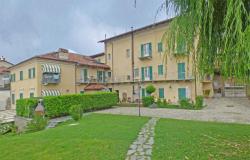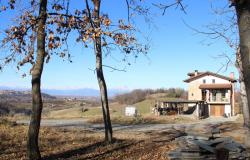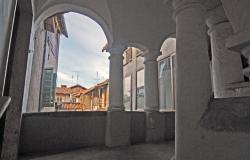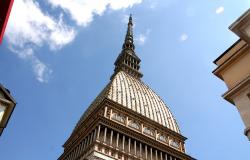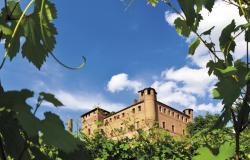 Manta Castle, in the village of the same name near Saluzzo (Cuneo) is home to the most important cycle of late Gothic secular frescoes anywhere in Europe.
Manta Castle, in the village of the same name near Saluzzo (Cuneo) is home to the most important cycle of late Gothic secular frescoes anywhere in Europe.
The intrinsic value of the structure has brought it to the attention of the Italian cultural heritage fund FAI, which plans to restore the building.
The structure will be returned to its original splendour at the end of a long and meticulous restoration job, intended to ensure it a solid future.
The three-year project got under way in 2006. The final phase of the works, which have cost 4.8 million euros in total, will conclude in 2009. The restoration has been financed by the CRT Foundation and the Association of Piedmont Savings Institutes. The final stage of the restoration, which will focus on the roofs and the cycle of frescoes, will cost 1.5 million euros, funded by the aforementioned foundation and association.
The castle was donated to FAI in 1984 by Elisabetta De Rege Provana. The final phase of the restoration is the most delicate, because it will target serious structural problems in the castle and its walls. Other work in this last period will include completing the restoration of the roofs and facades, restoring the cycle of 15th-century frescoes and uncovering the original 14th-century decorations.
"In 2009, the castle will be reborn," commented FAI President Giulia Maria Mozzoni Crespi. "It will finally be a castle without building works, and with much improved access and routes for the public".
The structure dates back to medieval times, originally designed in the 12th century as a fortification, and then transformed over the centuries by the powerful dynasty of the Saluzzos of Manta, who maintained it as their private property for 400 years. Its development into a residential structure took place in the 15th century, with the creation of the fiefdom of Manta. At the same time, the grim and sober exterior was increasingly in contrast with the lavish elegant interior. Of particular note are the Grotesquery room, with its splendid ceiling decorated with Mannerist paintings and stucco, and the room belonging to Michele Antonio, a descendent of Valerano, the illegitimate son of Tommaso III, marquis of Saluzzo. The room has a fine lacunar ceiling, decorated with pure gold. The most important restoration carried out so far is that of the small church built by Valerano, whose apse is home to a series of 14th-century frescos depicting the passion of Christ.
